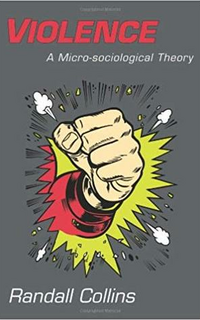Mentions
- Post
“In the modern era, casualties were caused primarily by artillery fired at long distance.”
“This does not mean that artillery is particularly cost-effective for the volume of fire. On one day in 1916, for exam-ple, the British fired 224,000 shells and killed six thousand Germans (a ratio of one hit for thirty-seven shells fired); the Western Front of World War I was the apex for sheer volume of artillery fire, but comparable ratios of shells to casualties are found for World War I and smaller wars of the late twentieth century (Holmes 1985: 170-71).”
Page 58

- Curated in The Glass Box — The Wavering Middle Majority

- Post
“When (a commander of infantry) engages the enemy not more than one quarter of his men will ever strike a real blow unless they are compelled by almost overpowering circumstances or unless all junior leaders constantly "ride herd" on troops with the specific mission of increasing their fire. The 25 percent estimate stands even for well-trained and cam-paign-seasoned troops. I mean that 75% per cent will not fire or will not persist in firing against the enemy and his works. These men may face the danger but they will not fight.” - SLA Marshall

